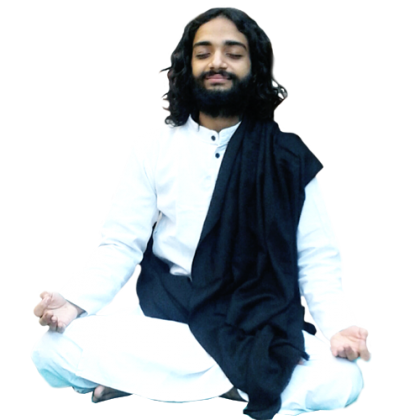
Diet
What is the Best Noodles Masala Recipe? Here is the Answer
Nityanandam Shree Oct 27, 2023 0 1542












